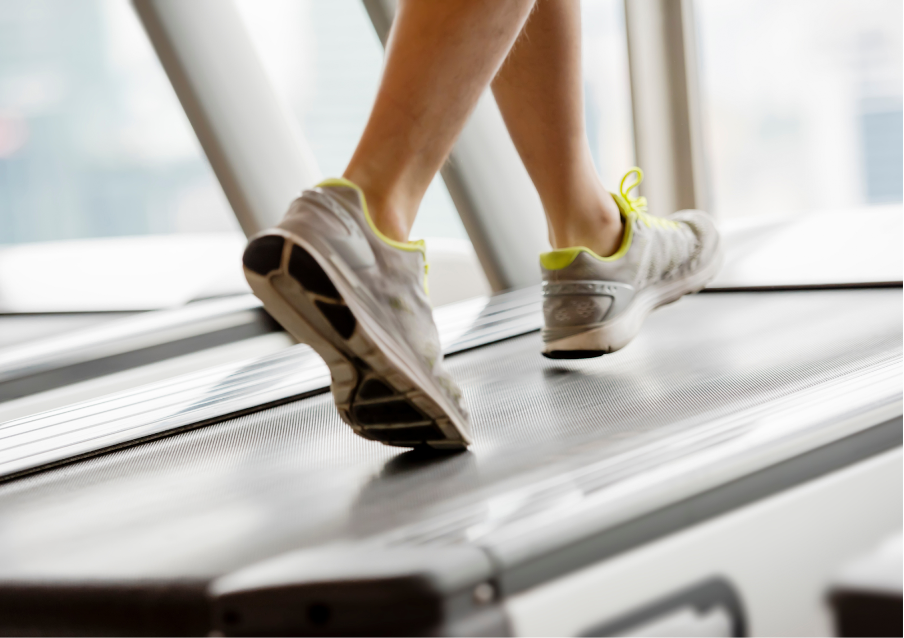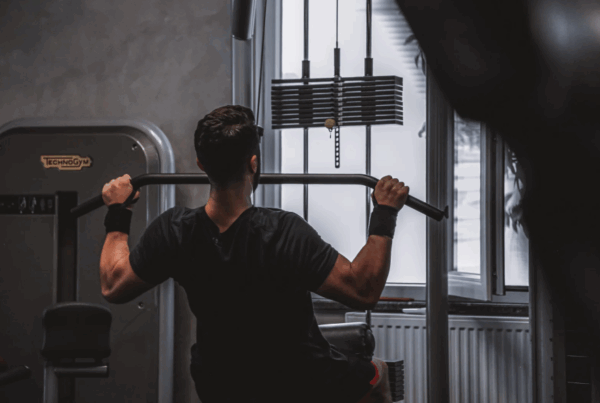A heart attack is a nasty surprise for anyone… But just imagine having a heart attack, and finding out afterwards that you have been in heart failure for so long that you only have 14% heart function left!
Carlos was a hard working man in his early 40’s, a father of 3 young children. Previously a courier driver, his role involved lifting and carrying up to 20kg parcels, at times up multiple flights of stairs. One day, unbeknownst to him, he had a heart attack. Not all heart attacks are like the movies – the symptoms at the time were so mild that Carlos did not seek medical attention for a month! Unfortunately for Carlos and his family, by this point, further damage had been done. He had gone into severe heart failure.
A note about heart failure – The inability for the heart to pump blood out of its chambers results in a ‘backing up’ of fluid from the heart to the lungs, similar to traffic getting stacked up on a highway. Having fluid around the lungs (known as pulmonary edema) can make it difficult to breathe. The pressure from this congestion means that the heart muscle expands (think of a balloon getting blown up), making the heart muscle stretched, weak, and ineffective, and further reducing its ability to circulate blood.
Carlos’ echocardiogram (ultrasound of the heart) showed that 3 of the 4 chambers in the heart had dilated in size. The walls of the heart were no longer moving and contracting the way that they should be, meaning that blood was not being effectively circulated from the heart and around the body.
When we talk about his 14% function, we are referring to a term known as ‘ejection fraction’. ‘Ejection fraction’ represents the percentage of blood inside the heart chamber that is expelled from the heart each beat. A normal ejection fraction is between 50-70%. An ejection fraction below 30% reflects severe heart failure.
Carlos had an Implantable Cardioverter Defibrillator (ICD) inserted, and was left to manage with medications. There was no offer for cardiac rehab. His prognosis was bleak – the cardiologist did not anticipate that Carlos would be able to achieve major improvements in his function, and he did not believe that he would ever be able to return to his previous role. In his report, it was documented – “given the extent of heart damage that occurred, any further improvement will be modest, at most”. Carlos felt that he had fallen through the cracks…
Note – An ICD detects the rhythm of the heart, and will provide a shock to keep the heart in rhythm / shock it out of abnormal rhythms.
A year on, and Carlos was still struggling with the aftermath of his heart condition. He experienced shortness of breath with low intensity exercise, and was struggling with both muscular and cognitive fatigue. He had gained 20kgs and was unable to do many of the things that he used to be able to do. Walking the kids to school required a lie down at home again to recover.
Carlos knew that he needed to get his health back on track. He wanted to get back to work, and he wanted to start running, and to feel stronger again. But when his cardiologist suggested joining the gym, he simply could not bring himself to do it alone. Despite being advised that he was unlikely to see much improvement in function, his case-manager decided that EP was worth a shot.
He met Huss in January 2022, and they worked together closely over 5 months. Huss brought him into the gym, and overtime Carlos gained the confidence to complete his program independently. They worked on strengthening both the upper body and lower body, as well as doing walking / jogging intervals on the treadmill. Over time, they were able to progress to high intensity interval training and circuit training. Huss implemented a basic activity diary to help with managing his fatigue.
At the end of their time together, Carlos had tripled his lifting and carrying capacity – from 8 kg up to 25kg! He was more confident with walking, having improved his 6 minute walk test (max distance walked in 6 minutes) by 45%. Fatigue had improved in both the physical and cognitive domains.
Huss communicated these improvements with the GP, and by the end of the program, Carlos had been certified for 16 hours work capacity, and was in the process of looking for a job with a rehab provider!
From heart attack, to heart failure, to defying the odds.
Carlos is testament to the incredible benefits of exercise for the heart.
Author: Yolanda van Vugt
Clinical Exercise Physiologist and Content Creator at Specialised
#exercisephysiology #exerciserehab #rehabilitation #lifeinsurance #incomeprotection #ctp #workcover #mobile #mobileexercisephysiology #fatigue #mentalhealth #cancer #musculoskeletal #injury #pain #physio #physiotherapy #Sydney #Brisbane #Melbourne #Adelaide #Auckland #Waikato #BayofPlenty #Wellington #Otago #Christchurch



